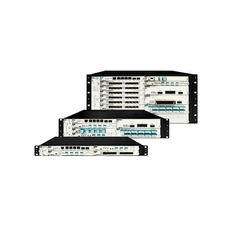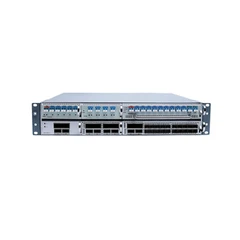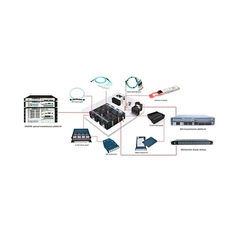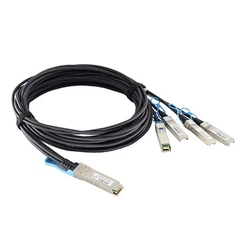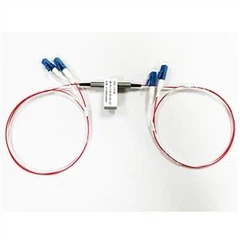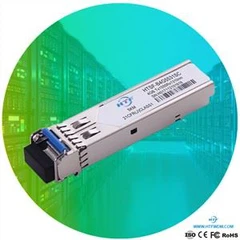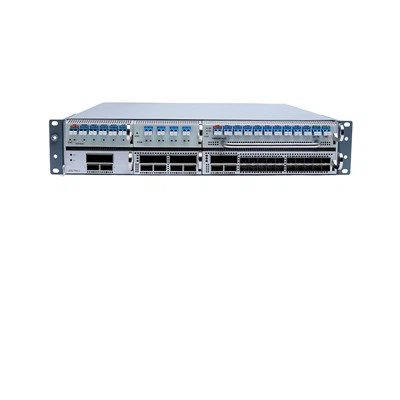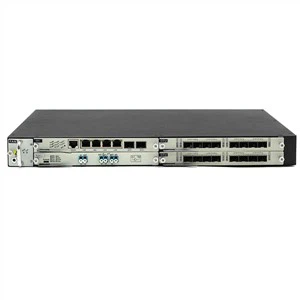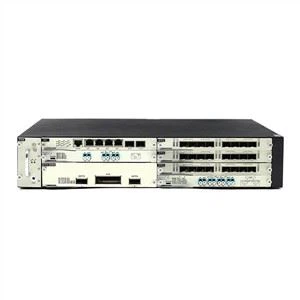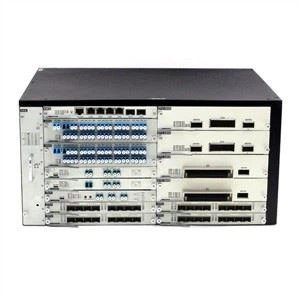MTP/MPO cables are composed of MTP/MPO connectors and fiber optic cables, other connectors such as LC may also be found in some kinds of MTP/MPO cables.
The fiber cables used are generally OM3 and OM4, which are laser optimized multi-mode optical fibers.
Customized order MPO/MTP cable, you can confirm the follow points and save time to discuss with factory.
● MPO and MTP available
● Use 12/24 Cores Fiber Connector
● Trunk Cable Counts usually 12 / 24 / 36 / 48 / 72 /96 / 144-fibers
● 3.0/3.6 mm Round Cable or Customized
● SM/OM1/OM2/OM3/OM4 or Customized
● PVC, LSZH, OFNR, OFNP available
● Standard loss or Elite version (Low insertion loss)
● PC/UPC/APC polish available
● Polarity A: Straight Through, Polarity B: Cross, Polarity C: Cross Pair optional
HTF MPO/MTP cables help you Backbone installation.
100% tested before delivery
MPO connectors are available in a female version (without pins), or a maleversion (with pins) as shown in the following picture. The pins ensure theexact alignment of the fronts of the connectors, and also they ensure the endfaces of the fibers are not offset.

Noses and guidegrooves (key) on the top side are the two other clearly visible features, whichensures the adapter hold the connector with the correct ends aligned with eachother. Based on the placement of the key, two types of MPO adapters areavailable. One is “key-up to key-down”. It means the key is up on one side anddown on the other. The two connectors are connected turned 180° in relation toeach other. The other one is “key-up to key-up”. It means both keys are up. Thetwo connectors are connected while in the same position in relation to eachother.
Connection Rule
● Always use one male connector and one female connector plus one MPO adapter when creating a MPO connection (see the following picture).
● Never connect a female to a female or a male to a male. It should be connected with a male and a female as stated above. With a female-to-female connection, the fiber cores of the two connectors will not be at the exact same height because the guide pins are missing. That will lead to losses in performance. A male-to-male connection has even more disastrous results. There the guide pins hit against guide pins so no contact is established. This can also damage the connectors.
● Never dismantle a MPO connector. The pins are difficult to detach from a MPO connector and the fibers might break in the process. In addition, the warranty becomes null and void if you open the connector housing.
How many kinds of MTP/MPO Cables?
MTP/MPO Cable has the advantages of shorter installation times, tested and guaranteed quality and greater reliability. It has several different kinds of types.
1. Trunk Cables
Trunk cables serve asa permanent link connecting the MTP/MPO modules to each other. They are available with 12, 24, 48 and 72 fibers. Their ends are terminated with 12-fiber or 24-fiber MTP/MPO connectors according to customer's choice. These trunk cables like 12 fibers MPO trunk cable could help to create a simple,cost- effective 40G networking by installing a structured cabling system. MTP/MPO trunk cable requires greater care in planning but has a number of advantages, such as higher quality, minimal skew, shorter installation time,better protection, smaller volume of cable and lower total costs.
2. Harness Cables:
Harness cables provide a transition from multifiber cables to individual fibers or duplex connectors. For instance, 8 fibers 12 strands MTP/MPO harness cable has eight LC high fiber density connectors and a MPO connector, which is convenient for wiring and management system in 40G network with stable performance.
3. Y Cables:
Y cables are generally used in the 2-to-1 version. A typical application is to join two 12-fiber trunk cables to a 24-fiber patch cord as part of a migration to 100 GbE. The rather rare version of 1 to 3 allows three eight-fiber MTP/MPO connectors to be joined to a 24-fiber permanent link, e.g. for migration to 40 GbE.

